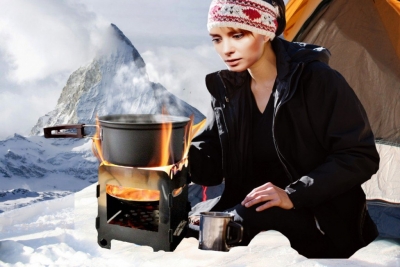
By putting collars with radio transmitters onto wild animals, naturalists have been able to track their movements, night and day, adding enormously to our knowledge of animal behaviour. The collars do not interfere with the animals’ normal lives. As well as learning about animal migrations and hunting patterns, naturalists are also able to discover more about the life span of animals in the wild, which may differ enormously from that of those kept in zoos and wildlife parks.
Since a protracted durable the tightlipped animals are studied by man, creating use of the many a method. Of course, within the starting it had been the employment of the fundamental explanation that helped them study animals. Folks would watch them, follow their tracks, creating interpretations etc. Those were the times of the co–existence for man and animal. The diversity of the kingdom is exploited so as that each little and enormous animals is tracked and monitored victimization constant system. Application of geoinformatics (remote sensing, Geographic system (GIS) associate degreed GPS) has enjoying an progressively vital role in conservation biology and life management by providing means that for grouping point and habitats data of life. Another advantage of the system is that the facility to integrate non–spatial knowledge directly, purpose knowledge collected from the sphere, GPS knowledge of life observance, pugmarks, scats, pellets etc. are fed directly and might generate a separate layer. But the trendy research goes on the far side the radio signals. It helps researchers to urge additional precise answers to the targeted queries concerning environs, migration patterns among others. And these answers are quantitative and analytical. Also, the advancement in technology has helped scientists to try to analysis victimization additional non–invasive means that and besides create the invasive ways safer. Each time a GPS radio collars tries to record a location it records data on the date, time and latitude. This data is then utilized to calculate the gap between locations, travel speed, location methods, direction, daily activity levels, home ranges, and analysis of spatial and temporal variations in behavior.
Recent technologies have helped solve the matter of untamed life following. Some electronic tags provide off signals that are picked up by radio devices or satellites whereas alternative electronic tags may embody deposit tags. Scientists will track the movement and locations of the labeled animals. These electronic tags will offer a good deal of information. Also, owing to their size and weight, electronic tags could produce drag on some animals, fastness them down. However, they’re costlier than the low–tech tags that are not electronic.
Tracking an animal by radio involves 2 devices. A VHF receiver picks up the signal, a bit like a home radio picks up a station’s signal. The receiver is sometimes during a truck, an ATV, or an airplane. To stay track of the signal, the soul follows the animal victimization the receiver. A transmitter attached to the animals sends out a proof within the type of radio waves, even as a radio station does. A soul would possibly place the transmitter around associate degree animal’s ankle, neck, wing, carapace, or dorsal fin. This approach of victimization radio following is accustomed track the animal manually however is additionally used once animals are equipped with alternative payloads.
Picture Credit : Google






